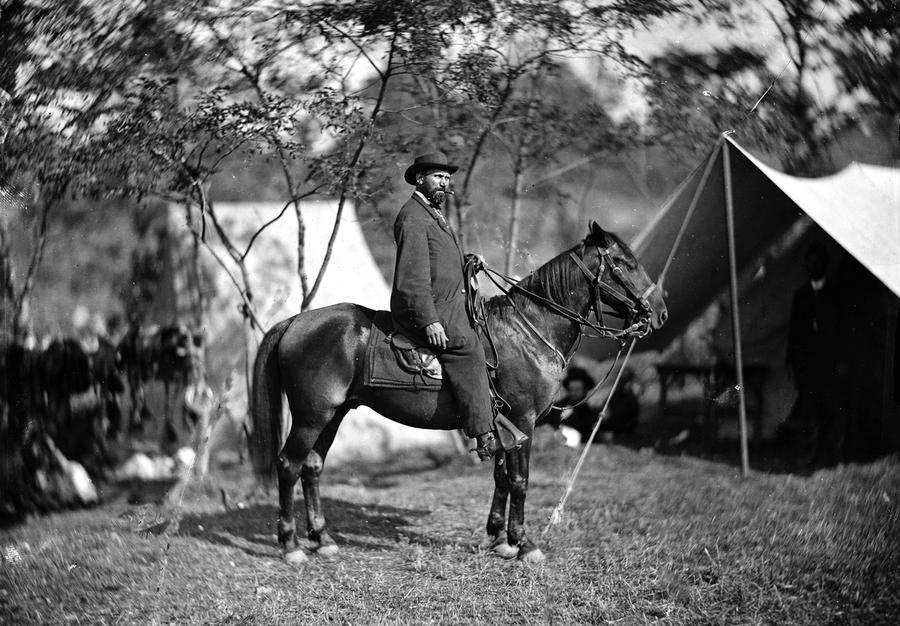The Civil War, Part 1: The Places
Last year marked the 150th anniversary of the start of the American Civil War, a milestone commemorated by The Atlantic in a special issue (now available online). Although photography was still in its infancy, war correspondents produced thousands of images, bringing the harsh realities of the frontlines to those on the home front in a new and visceral way. As brother fought brother and the nation’s future grew uncertain, the public appetite for information was fed by these images from the trenches, rivers, farms, and cities that became fields of battle. Today’s collection is part 1 of 3, covering the places of the Civil War: the battleships, prisons, hospitals, urban centers, and rural pastures where history was made. Tomorrow’s installment features some of the people involved in the conflict, and on Friday I’ll be sharing some of the amazing three-dimensional stereographs of the war. Keep in mind, as you view these photographs, that they were taken 150 years ago — providing a glimpse of a United States that was only 85 years old at the time.

This September 1862 photo provided by the Library of Congress shows Allan Pinkerton on horseback during the Battle of Antietam, near Sharpsburg, Maryland. Before the outbreak of war, he had founded the Pinkerton National Detective Agency. In 1861, he famously foiled an alleged plot to assassinate president-elect Lincoln, and later served as the head of the Union Intelligence Service — the forerunner of the U.S. Secret Service. #
AP Photo/Library of Congress, Alexander Gardner-

Fort Sumter, South Carolina, April, 1861, under the Confederate flag. The first shots of the Civil War took place here, on April 12, 1861, as Confederate batteries opened fire on the Union fort, bombarding it for 34 straight hours. On April 13, Union forces surrendered and evacuated the fort. Union forces made many attempts to retake the fort throughout the war, but only took possession on February 22, 1865, after Confederate forces had evacuated Charleston. #
NARA



